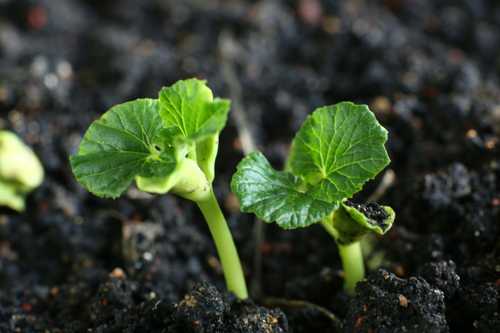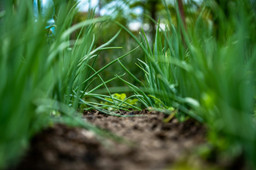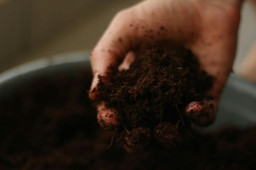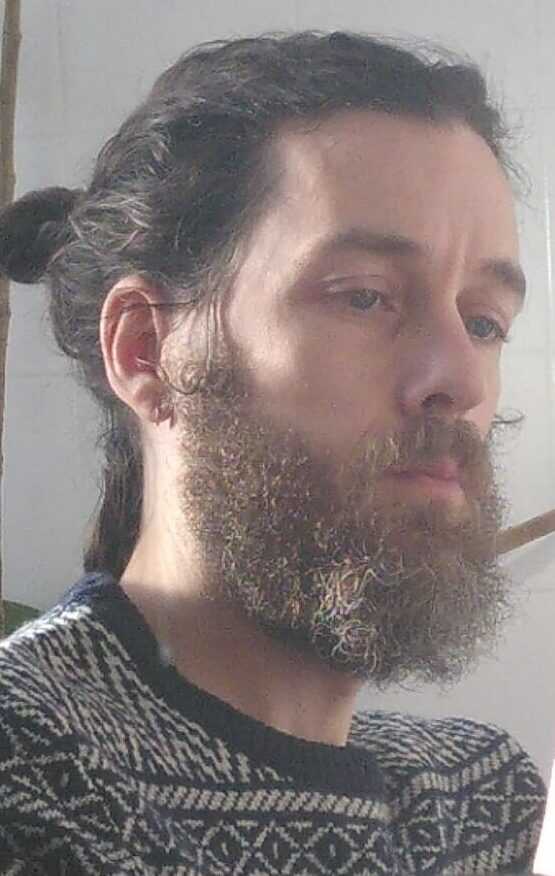
Sounds from underground: the orchestra of the soil
It’s easy to take soil for granted. Perhaps that’s understandable: not only do we unthinkingly walk all over it (compounding our hierarchical relationship to it), we also associate it with uncleanliness. Indeed, we even use ‘dirt’ as a synonym.
But, as with many blindspots, this one is considerably more interesting than we give it credit for.
For one thing, soil is the result of a miraculous process of transformation – as can be attested by anyone who’s observed banana skins and grass clippings gradually break down in a compost heap. A transformation from (what we see as) waste, to a valuable, fertile substance on which terrestrial life relies. Without soil, we would have neither crops to eat, nor the animals that also survive upon vegetation. Not that there would be any oxygen to breathe either.
Admittedly, soil proper contains more than just decomposed vegetable matter. To complete the recipe, throw in some minerals like clay, silt, and sand, along with animal matter, water, air, and a profusion of living organisms, from microscopic bacteria and fungal mycelium to invertebrates like earthworms.

But it’s worth thinking more about that transformation of green waste into compost; this process is also easy to take for granted (especially if you’re squeamish), but it doesn’t happen by magic. Consider the leaves shed by houseplants onto the soil they’re potted in. Unlike leaves out of doors, these ones may lay where they fall indefinitely, unchanging. This is because soil for use indoors is sterilized with steam. The process is intended to kill potentially disease-causing microorganisms, but it’s instructive to note that making soil inert also removes its ability to break down organic matter. This, of course, is not coincidental. The living component of soil is also what allows soil to renew itself: the microorganisms it harbors – from soil bacteria and fungi to invertebrates known as shredders – decompose dead leaves, branches, and, indeed, dead animals. This ability is another miracle associated with soil – and if you don’t think it’s miraculous, consider the alternative: a world littered with bodies that wouldn’t fully break down.
This process of decomposition is part of the nutrient cycle, by which nutrients are exchanged between the living and nonliving parts of the ecosystem, meaning that all the nutrients consumed by plants and animals during their lifetime are again made available via the process of death and decomposition. A true circular economy!
So… how does this relate to sound?
It’s as simple as this: where there’s life, there’s sound. The increasing sophistication of recording equipment has made that simple correlation increasingly clear. No doubt many of us still assume that fish and other sea life doesn’t make sounds – perhaps supposing that only mammals like whales and dolphins can muster marine vocalizations. Do we think this way because the fish we’re likeliest to come into contact with – those in tanks – aren’t conspicuously noisy? Whatever the reason, we now know that this couldn’t be further from the truth – a truth particularly apparent around coral reefs, the healthiest of which are among “the noisiest places in the ocean”.
The same is true of soil. It’s now understood that this unprepossessing substance is the “most biodiverse habitat on Earth”, and “home to 59% of life[,] including everything from microbes to mammals”. To really process that, consider that researchers have found “up to 100 million life forms, from more than 5,000 taxa” in just a single cup of soil.

These inhabitants include “archaea [a domain of single-celled organisms], bacteria, actinomycetes [bacteria with a filamentous form], fungi, algae, protozoa [single-celled organisms from the Eukarya domain], and a wide variety of larger soil fauna including springtails [hexapods no longer considered insects], mites [minute arachnids], nematodes [worms from the Nematoda phylum], earthworms, ants, and insects that spend all or part of their life underground”. (And that’s to say nothing of the assorted larger arthropods, mammals, and reptiles that also spend a substantial amount of their lives in the soil.)
What’s more, despite being miniscule, soil fauna is not silent. So, naturally, it’s irresistible for biologists and recordists to eavesdrop on the underground soundscapes they generate, “open[ing] a window into this complex and cryptic world”. Piezoelectric sensors are one way to peer through that window: attached to a nail in the ground, they are able to detect vibrations which can be amplified into the realm of human hearing.
What does soil sound like?
Sound artist and acoustic ecologist Marcus Maeder has described the “new kingdom of sounds” that can be revealed in this way, such as the ground of a mountain meadow, as being filled with “thrumming and chirring and scraping”. The denizens of this kingdom go about their lives, “eat[ing] or hunt[ing], […] slither[ing] past each other unnoticed, or drum[ming], tap[ping] and sing[ing] to get one another’s attention”. And, for the first time, we’re able to isolate these sounds, from the rustle of worms passing through tunnels, to the clicks of larvae breaking the fibers of the roots they eat or the creaking songs white grubs’ make with their mandibles – apparently to warn off rivals.
“Sound is a high-speed signal that comes at little extra cost” (and generally travels both faster and farther than chemical signals); it’s only natural, then, that soil fauna make use of this form of communication. We’re used to thinking of sound as waves that travel through the air around us, but substrates like soil and sand are also excellent mediums for the transmission of these vibrations. It may not be just fauna which are sensitive to these sounds, either; research suggests that plants modify their behavior according to sound (for example, growing their roots toward the sound of running water), and the same may also be true of fungal filaments.
However, while soil provides an excellent medium for the sounds of the subterranean natural world, recordists are also finding that the sounds of distant “construction sites and highways […] [and] even airplanes” are also conducted through the ground. It can be reasonably presumed that this is having similarly injurious effects on its population as underwater anthropophony has on marine life: disrupting predator/prey interaction, navigation, communication, and habitat suitability, and causing deafness, stress responses, and even population declines or the inhibition of their recovery. Truly, no habitat on Earth is immune to the depredations of humanity.
As big, complacent, stupid humans clomp around on top of soil (or build on it, or cover it with AstroTurf), we fail to conceive of the effects that our lifestyles are having on this unknown universe. As “the central interface of Earth’s critical zone” (the skin of the planet, which regulates the resources upon which all life depends), soil is suffering from our “demand for biomass, water, and food resources”. As it is degraded and becomes less healthy, “the underground orchestra of animal activity […] [is] fall[ing] silent in large tracts of land”.
How can we help support this newly discovered world of sound?
Fortunately, organizations like Sounding Soil are increasing awareness of the soundscapes playing out under our feet. Anyone in Switzerland is encouraged to create recordings with their equipment, with “the most exciting recordings” being added to a national sound map of soils ranging from “allotments, [to] wildflower meadows, grassland, arable fields, vineyards, orchards, permaculture soils, compost heaps, golf fairways and woodland”.

As with other habitats more immediately accessible to humans, “listening to the soil can be a way to understand [its] biodiversity”. Assessing soil sounds as a non-invasive way to investigate the health of the environment will also have applications in terms of the management of pests (potentially allowing the avoidance of indiscriminate pesticide use), and for wildlife conservation.
In addition, “more carbon is stored in the soil than in all plants, animals and the atmosphere combined” – and this form of carbon storage is enabled by soil-dwelling microbes, making the conservation of soil health all the more crucial.
Featured MOHD HASRUL NIZAM BIN SABANI on Unsplash
Earth.fm is a completely free streaming service of 1000+ nature sounds from around the world, offering natural soundscapes and guided meditations for people who wish to listen to nature, relax, and become more connected. Launched in 2022, Earth.fm is a non-profit and a 1% for the Planet Environmental Partner.
Check out our recordings of nature ambience from sound recordists and artists spanning the globe, our thematic playlists of immersive soundscapes and our Wind Is the Original Radio podcast.
You can join the Earth.fm family by signing up for our newsletter of weekly inspiration for your precious ears, or become a member to enjoy the extra Earth.fm features and goodies and support us on our mission.
Subscription fees contribute to growing our library of authentic nature sounds, research into topics like noise pollution and the connection between nature and mental wellbeing, as well as funding grants that support emerging nature sound recordists from underprivileged communities.

